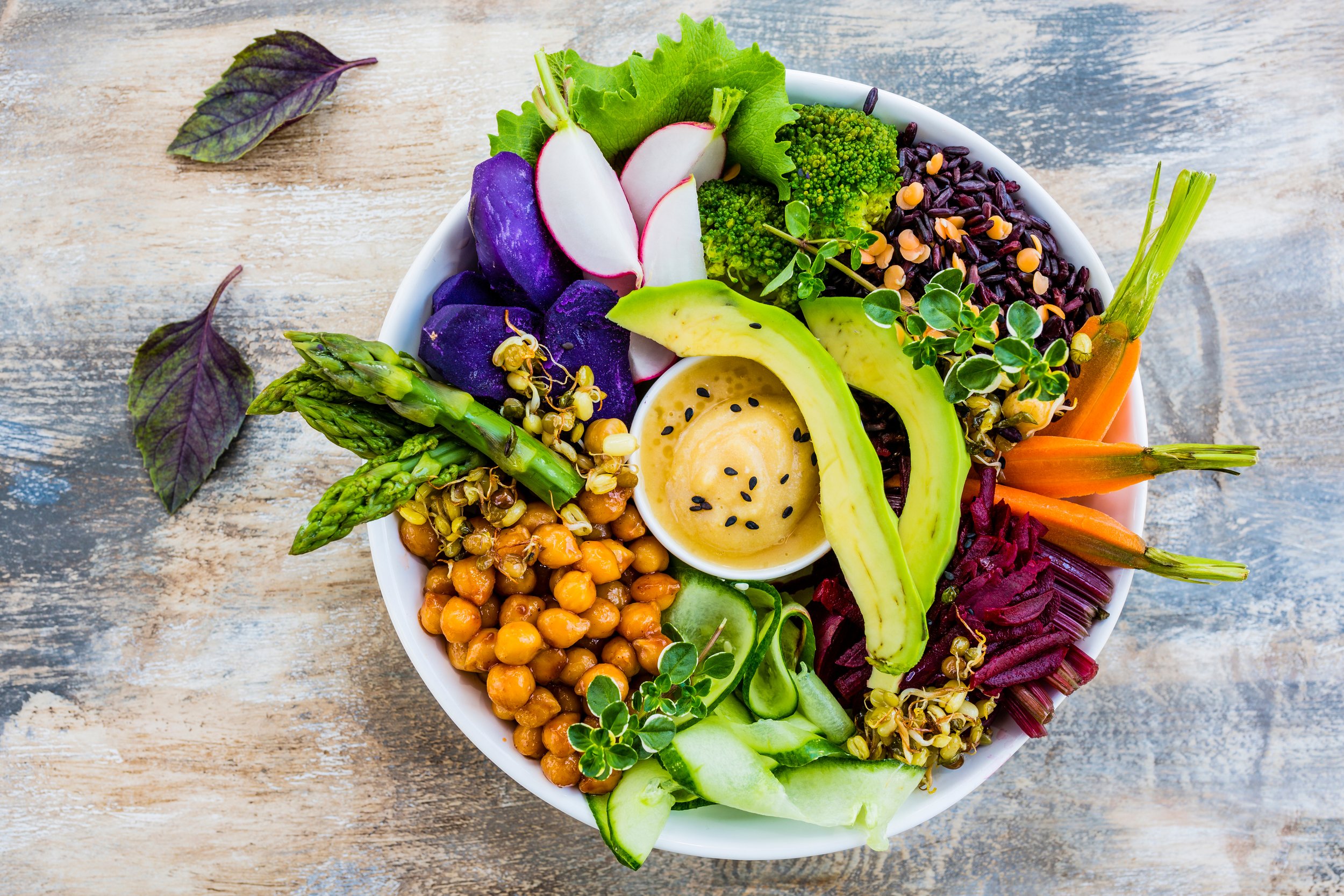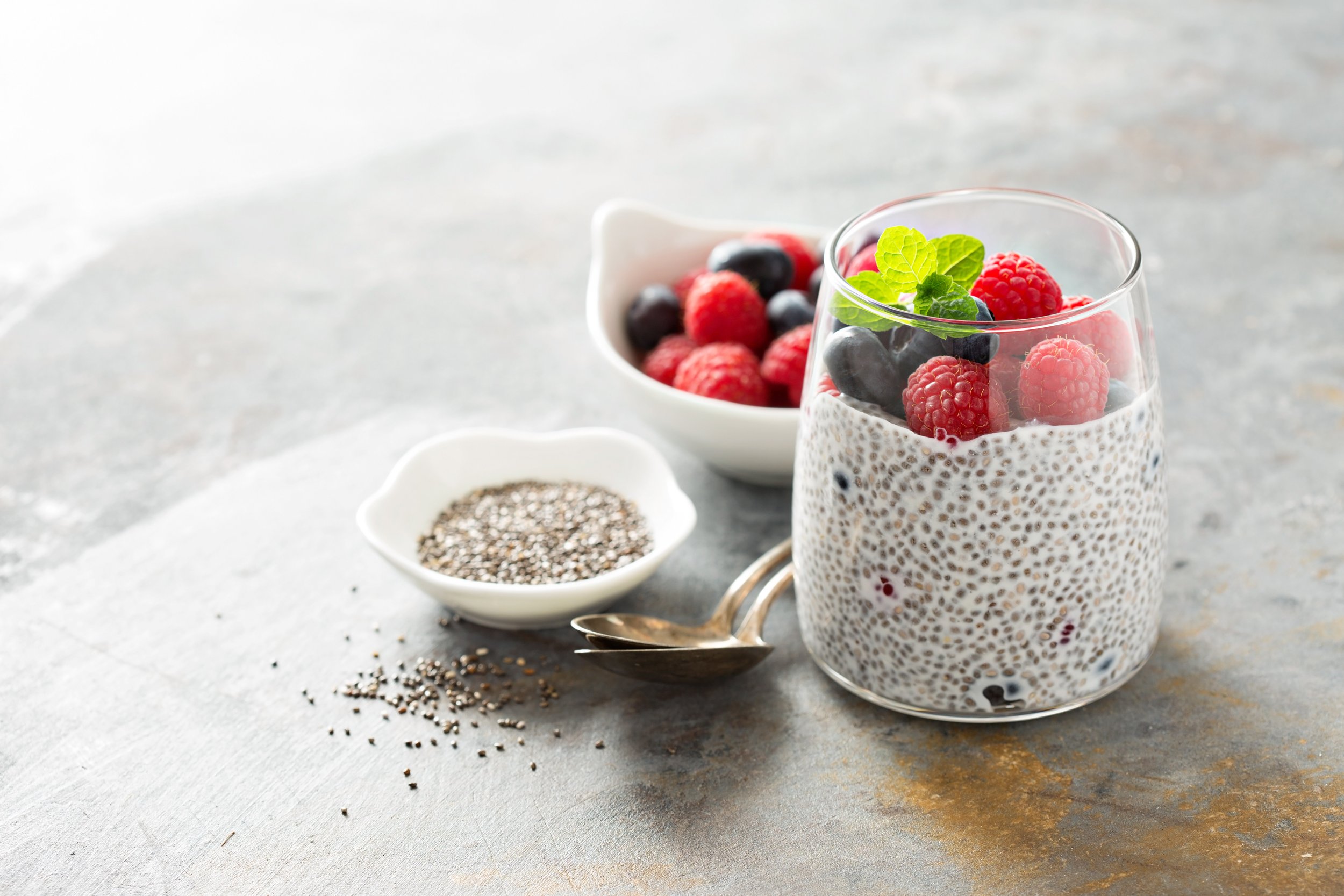One of the things that I hear often is that people are so excited to birth their baby because they want to go back to their pre-pregnancy eating habits, and while that is tempting, I’m sure, what if we looked at it as a transition to a more healthy you? If we were honest, we would probably admit that we all could stand to make some nutritional changes. What if I told you that what you eat impacts your long-term health? What if I said that our diet impacts us on a cellular level? What if you knew that you would feel better, have more energy, and boost your immune system? Maybe, we could make the changes that will impact our health in a way that would be life-changing. Life-changing for us and our children. I want to be very clear, I HATE diet culture. I feel passionate about educating people on how they can feel great, have energy, and build their immune systems. There is nothing worse than taking care of our babies when we are struggling with sickness.
I have a couple of resources that are my favorite. The book The First 40 days is chock full of information that will support your health and well-being during postpartum time. If I am being honest, we don’t do this well in the United States. In Bangladesh, some typical meals are kalijira bhorta or black cumin mash seasoned with garlic and mustard oil which is thought to stimulate lochia and increase milk supply. In Nigeria, some traditional postpartum foods are pepper-leaf soup twice per day. This is made with scent leaves, utazi, udz, uziza, and ginger. It is believed that the spices help to restore the uterine genitourinary system. In India they use tradional Hariyali foods like panjiri. Panjiri is a warm, roasted whole wheat pudding containing dried fruits, seeds, nuts, and spice-infused waters with carom and fennel seeds, stimulating lactation. “Whether these foods and practices have proven nutritional or medicinal properties and the science is not wholly conclusive, there is immeasurable value in nourishing the birth parent.” (New York Times) One undeniable thing is that unless there are cultural ties that are binding new parents to the postpartum period, carried over from family matriarchs or traditional birth workers, a lot of us are left going back to our ways of eating on the go, grabbing something quick so that we can continue with our day with little to no thought on how we can nourish our body and our babies.
Let’s look at some of the foods that can benefit postpartum time to replenish our reserves and promote health and healing.
Soups and hearty stews with curries made with bone broth-these foods supply collagen-building amino acids (glycine, proline, and hydroxyproline), which are essential in the healing of the perineal and pelvic floor. It is also high in electrolytes and micronutrients.
High-iron, high protein foods. Slow-cooked meat like pot roast or pulled pork. This next one will be hard for some people, although from a nutrient perspective, it is jam-packed. Organ meats. Liver, Kidney, and heart. Lilly Nichols has lots of great tips on how these things can be “hidden” in meals so that you are getting the benefits.
High-fat foods. Pork, ghee, fatty fish, nuts, and seeds. These are great for breast milk.
Omega-3 fats. Seafood, eggs, grass-fed beef. These foods are high in choline which is imperative for a baby’s brain development.
Iodine-rich foods. Fish/seafood or Seawood broths.
Soft cooked vegetables.
Well-cooked grains/starches. Oatmeal, sweet rice, sweet potatoes. When this is eaten with protein, it is excellent to stabilize blood sugar and energy.
When I did a simple google search, some of the recommendations of foods to eat postpartum were things like chicken noodle soup ( I don’t mind this one so much as if it contains veggies, bone broth, and protein which is nourishing to the body). Some of the other suggestions were salted crackers, beef jerky, and apples. I fear that when googling this, that may stick with you, and one might be led to think that a snack of crackers is sufficient, especially when our culture puts a strong emphasis on “getting back to our pre-pregnancy body.” We need to focus on nourishing our body, healing, and having the energy required to take care of a newborn.
Here are some additional suggestions of powerhouse foods to aid in recovery and leave you feeling nourished.
Whole grains (rice, millet, quinoa, oats, and amaranth
Nuts and seeds. (almonds, walnuts, flaxseeds, pumpkin seeds, and brazil nuts)
Healthy proteins (organic eggs, chicken, grass-fed beef, wild salmon, sardines)
Seaweed
Legumes that are soaked to prevent gas. (black beans, adzuki beans, and chickpeas)
Olive oil or Avocado oil for cooking
Bone broth
I think that what we need is knowing that there are foods that we can add that will nourish our body, build our immune system, and will taste good, all while allowing us to heal—adding things that will promote tissue healing, improve circulation and contain nutrients that support hormonal health and emotional balance in our postpartum recovery. The goal is not to hurry our postpartum time. You grew a human. That’s a big thing, and I think it is high time for our culture to recognize its impact on our bodies and minds. Take the time, don’t hurry, and make things that promote your health a priority. Parenthood is a long road full of ups and downs, and you can do this. Let’s create a foundation that prioritizes your health and well-being as well as your babies. You will be happy that you did.
XOXO-Holly
Makhijani, P. (2021, February 25). How Food Traditions Nourish New Moms. The New York Times. Retrieved February 11, 2022, from https://www.nytimes.com/2021/02/25/parenting/postpartum-food-traditions.html
M. (2020, March 18). Real Food Postpartum Recovery Meals: 50+ Recipes & Freezer Tips. Lily Nichols RDN. Retrieved February 11, 2022, from https://lilynicholsrdn.com/real-food-postpartum-recovery-meals/










